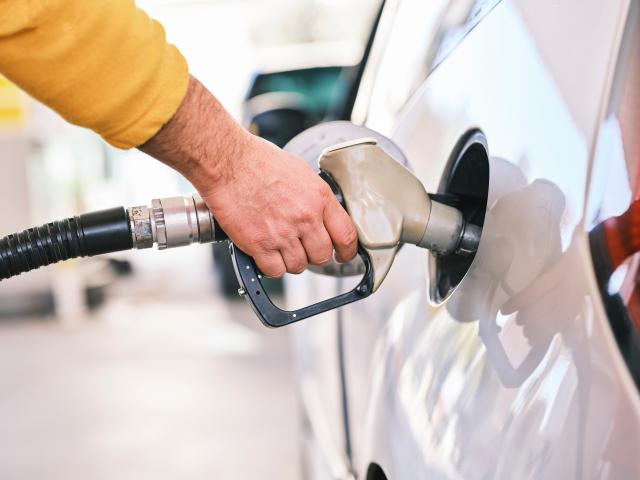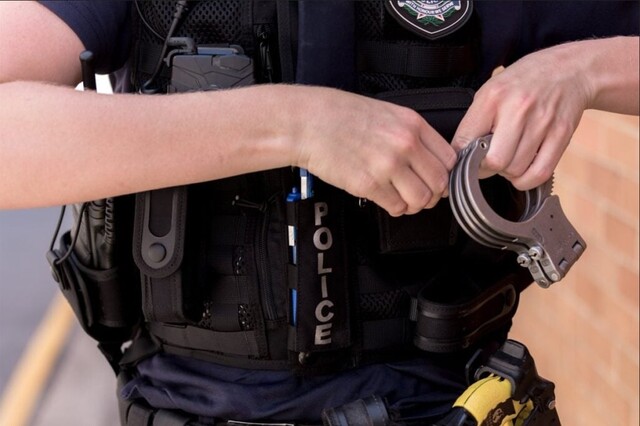Sometimes analogies can be quite valuable in illustrating important points in another domain.
One such analogy I have used for many years is to compare running your business to owning and driving an expensive car.
When you first purchase your new car (start your new business), everything is shiny and fresh but you have obviously not had a chance to become fully conversant with all its attributes.
It’s possible that you may well have had to invest in some finance to get started so the novelty of having something that is uniquely your own should be exciting, but perhaps tinged with a little apprehension about repayments.
Now I did say that the car is ‘expensive’ so while it may be fun to ride around in, it won’t be cheap to run.
Cars are built to take people from point A to point B, but unless we go from A to B via the most direct route, we are going to be using up more petrol than is necessary.
Petrol is of course the fuel we need to run the car and the more we use, the more the trip actually costs us.
In the same way that we need to purchase fuel to run the car, so must a new business purchase goods and services in order for it to run properly.
Point A correlates to the current position of the business (its current premises, number of staff, financial position, the systems and processes it has at its disposal etc) and point B correlates to where the business would like to get to (within a particular time frame).
So, suppose we need to drive our new car to Sydney to stay with a friend.
It is going to be essential that we know our friend’s exact address, since simply driving to Sydney is not going to get us the result we need.
If we know the town or suburb, we could take a chance and hope to connect with someone that might know the friend’s exact address but the outcome is uncertain and you are likely to do a lot of driving before you find someone!
Similarly in business, the clearer you are about the destination for your business, the more likely you are to get there quickly and efficiently.
This means being really specific about your end position – financial expectations, staff numbers, number and type of customers and supporting systems required.
Time frame is also important since arriving too late may mean the friend is no longer available, so being specific about time frames for business goals is also essential.
You would not dream of undertaking a significant car journey without a plan; a clear destination, some kind of device that or map that enables you to navigate your way there (a map or GPS), a way to measure progress (speedometers, fuel gauges, clock or watch) and specific points at which to stop to refuel and verify everything is on track.
In the same way, a business needs a strategy and a set of goals (essentially a roadmap) that exist to define the specific outcomes and ways in which to measure progress against these.
In his excellent Youtube video ‘Businesses Do NOT Exist to Make Money’, Simon Sinek discusses how metrics help you gauge your (business) progress but makes the point that businesses don’t exist for these metrics alone, i.e. money is an enabler that allows the company to purchase goods and services in pursuit of more laudable and important objectives such as market position, customer satisfaction, innovation etc.
Finally, often the journey can be as important as the destination itself, especially when you have passengers (staff)!
In the same way that you want everyone to have enjoyed the trip as well as getting to the endpoint, so as a business owner you need to be cognisant of balancing the impact on the business and its staff when striving for defined goals especially since there will inevitably be more goals to achieve (trips to make) in the future.
Safe driving!
Ian Ash ACC AIECL AInstIB
Managing Director OrgMent Business Solutions – ombs.com.au







